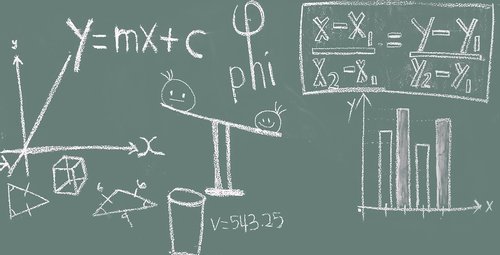Mental arithmetics with one digit numbers is considered as one of the fundamental skills in mathematics. These calculations are often referred as arithmetic facts. Among researchers and educators there are two fundamentally very different views on how arithmetic facts should be taught and learned.
 The first view has great emphasis on understanding. A child should
know how to construct the answer but retrieving the answers from memory is not important. The idea is that a child
can use the knowledge on how to construct the answer in more demanding tasks as well.
The first view has great emphasis on understanding. A child should
know how to construct the answer but retrieving the answers from memory is not important. The idea is that a child
can use the knowledge on how to construct the answer in more demanding tasks as well.
The second view is just the opposite: knowing how the answer is constructed is not as important as retrieving the answer as fast as possible.The core idea is that by using these arithmetic facts the child is able to solve more demanding tasks without relying heavily on working memory.
The truth lies somewhere in the middle: both views are needed in order to be efficient and flexible in mathematics. Imagine solving a multiplication problem using the standard method (solving problem in columns) without being able to retrieve the answer for each multiplication automatically. This would be extremely heavy and time consuming.
On the other hand, let’s think about the standard method: If you don’t understand why and how the method works, you need to remember each individual step and the correct order to apply them. But if you understand the inner workings of the standard method, you are able to figure out how it works. Even if you don’t remember all the details.
 I believe that learning needs work and focus. Just like becoming a good painter, athlete or guitar player, being a
mathematician requires plenty of effort. By providing versatility and meaningful problems we are able to keep
learning interesting and motivating. For example, I believe that we can practice arithmetic facts by drawing or
playing with beads. Counting concrete objects like cars, birds, candy or currency provides examples and
explanation for children - a reason for acquiring these skills.
I believe that learning needs work and focus. Just like becoming a good painter, athlete or guitar player, being a
mathematician requires plenty of effort. By providing versatility and meaningful problems we are able to keep
learning interesting and motivating. For example, I believe that we can practice arithmetic facts by drawing or
playing with beads. Counting concrete objects like cars, birds, candy or currency provides examples and
explanation for children - a reason for acquiring these skills.
Why I love digital learning? First, by using games and digital exercises we can provide more versatility into learning. Second, digital games and exercises can provide students more feedback that any teacher ever could. Knowing whether the given answer was correct or not helps learning arithmetic facts and helps to avoid learning wrong answers. Digital games can generate endless number of problems and is a tireless teacher, asking questions as long as the student is willing to learn. Last but not least, digital tools are able to collect and provide information on students’ performance. This helps the teacher to focus their time more efficiently and have more emphasis on topics that the students struggle with.
Combining different methods provides versatility to learning. It keeps the learning interesting and gives wide, comprehensive understanding in mathematics. Each method supplements the others and each has their own strengths. We, as teachers, just need to know these strengths and be able to take advantage of them.
Other blogs